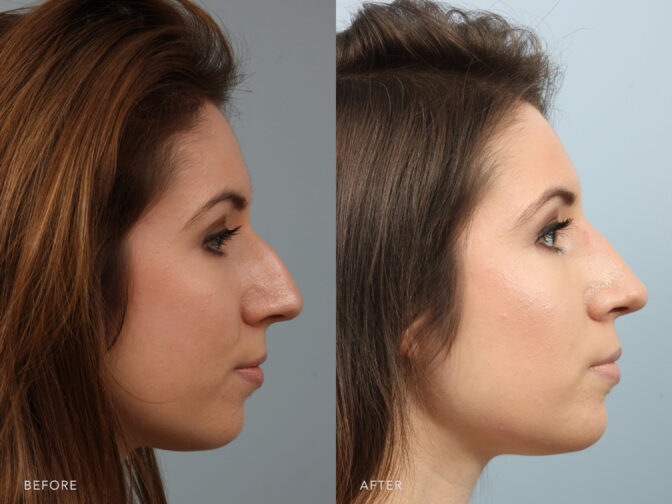One of the more common variance of a nasal deformity and a desire to pursue rhinoplasty is a poorly defined nasal tip and the desire to have a more refined nose tip.
Reshaping at the New York area’s Williams Center can help patients with what they often refer to as a bulbous tip, thick tip, full tip, or a wide tip of the nose. Ideally when a surgeon is advising or counseling a patient, they use the ideal goal of a nose from top to bottom, maintaining a width that is aesthetically pleasing.The light reflex lines maintain the same width, but slightly diverge to the area referred to as the tip-defining point. In a patient who has a bulbous tip, the upper part of the nose may be narrow and the lower part of the nose is very wide and bulbous. Some find that a lack of definition or tip refinement in the lower third of the nose is not aesthetically pleasing in a female patient, and it is for that reason that many women ultimately pursue rhinoplasty for nose tip reshaping.
This first step in the process is to seek a consultation with an experienced specialist who can examine the inside of the nose, the outside of the nose,and the skin thickness—which is important,since some patients have very thick skin that limits the nose tip reshaping achievable by even the most experienced rhinoplasty surgeon.
